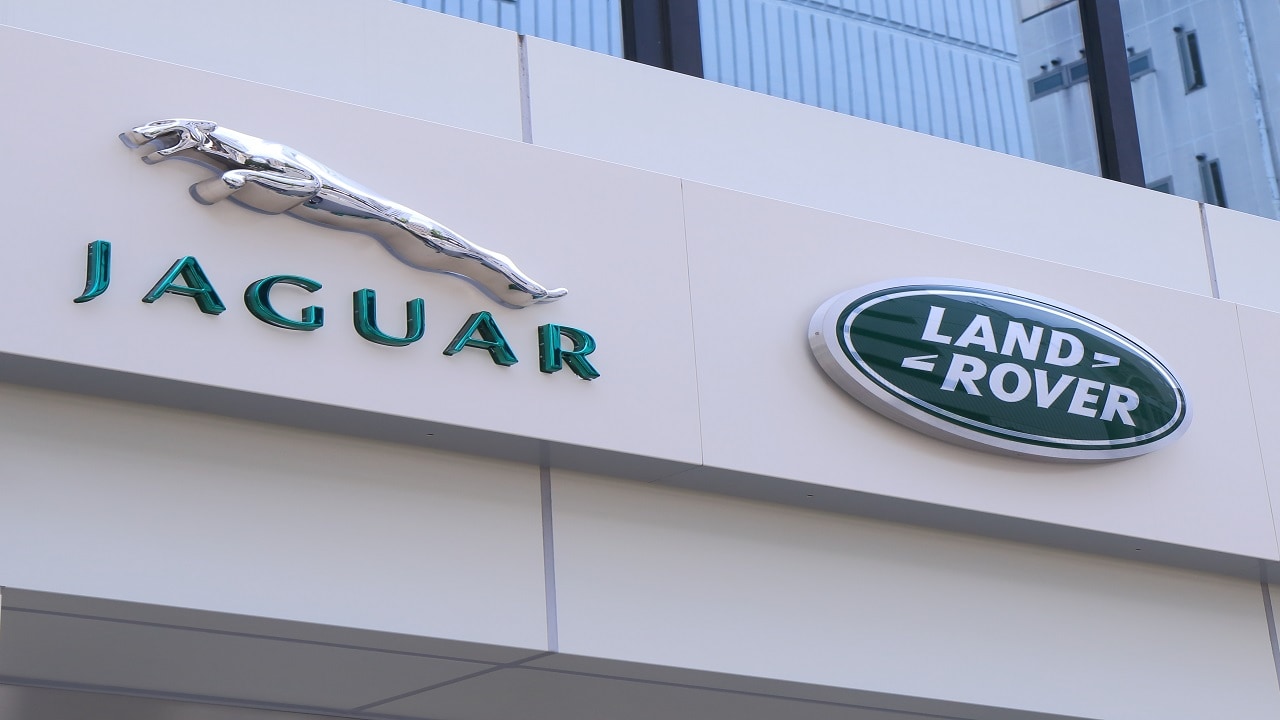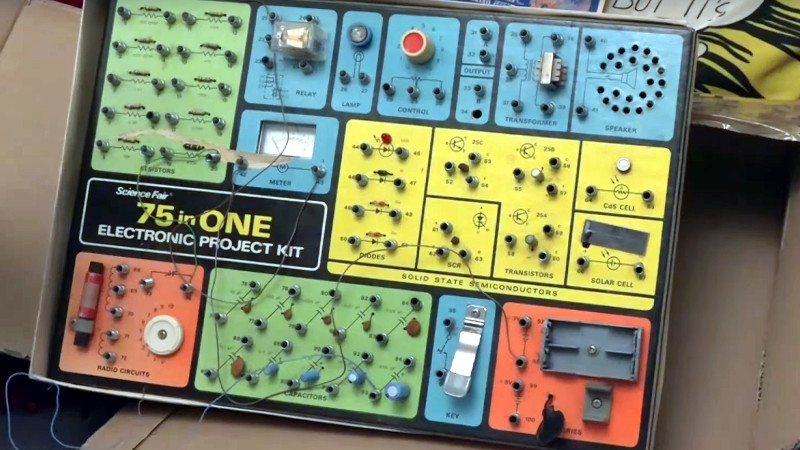
It's not uncommon to see small autonomous delivery robots operating in some US cities and college campuses. One of the major players in the market has announced a new generation device, soon to be deployed all over the country. The American company Serve Robotics has unveiled the third generation of its autonomous delivery robots.
The manufacturer is a major player in the sector in the USA, where its devices have already made tens of thousands of deliveries for partner companies such as Uber Eats and 7-Eleven. Serve is now aiming to deploy up to 2,000 of its new delivery robots on the Uber Eats platform alone. The company intends to boost its business by making its robots faster, smarter and more economical.
For this extensively redesigned model, Serve says that manufacturing costs have been cut in half, while improvements have been made to the robot's safety, autonomy and performance. In particular, the robot has been designed to carry more goods – the equivalent of four large 16in (40 cm) pizzas, or around 15% more volume. The robot's on-board intelligence and autonomy will be considerably enhanced by the addition of Nvidia's next-generation Jetson Orin module, combined with a new LiDAR laser sensor system.
Finally, Serve promises improved water resistance, so that the robot can function properly even in heavy rain. These robots are scheduled to be deployed in 2025, first in Los Angeles and then in other major US cities. In the United States, robots for short-distance deliveries are becoming increasingly popular.
They are used in cities, college campuses and stadiums, for example, for transporting small goods. In Europe, on the other hand, these robots are still relatively rare, despite an initial experiment launched in Tallinn, Estonia, thanks to a partnership between Starship Technologies and Bolt. – AFP Relaxnews.














